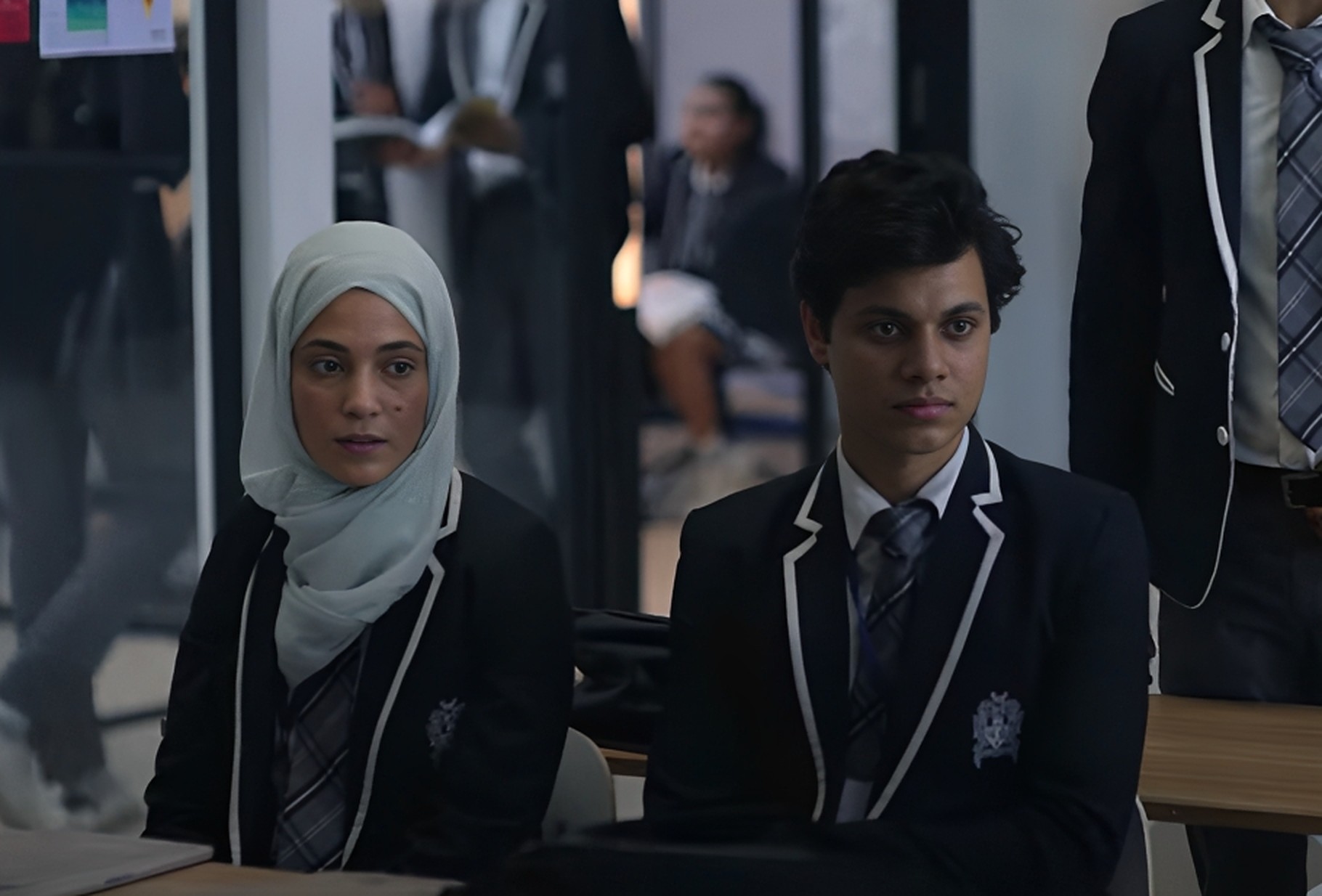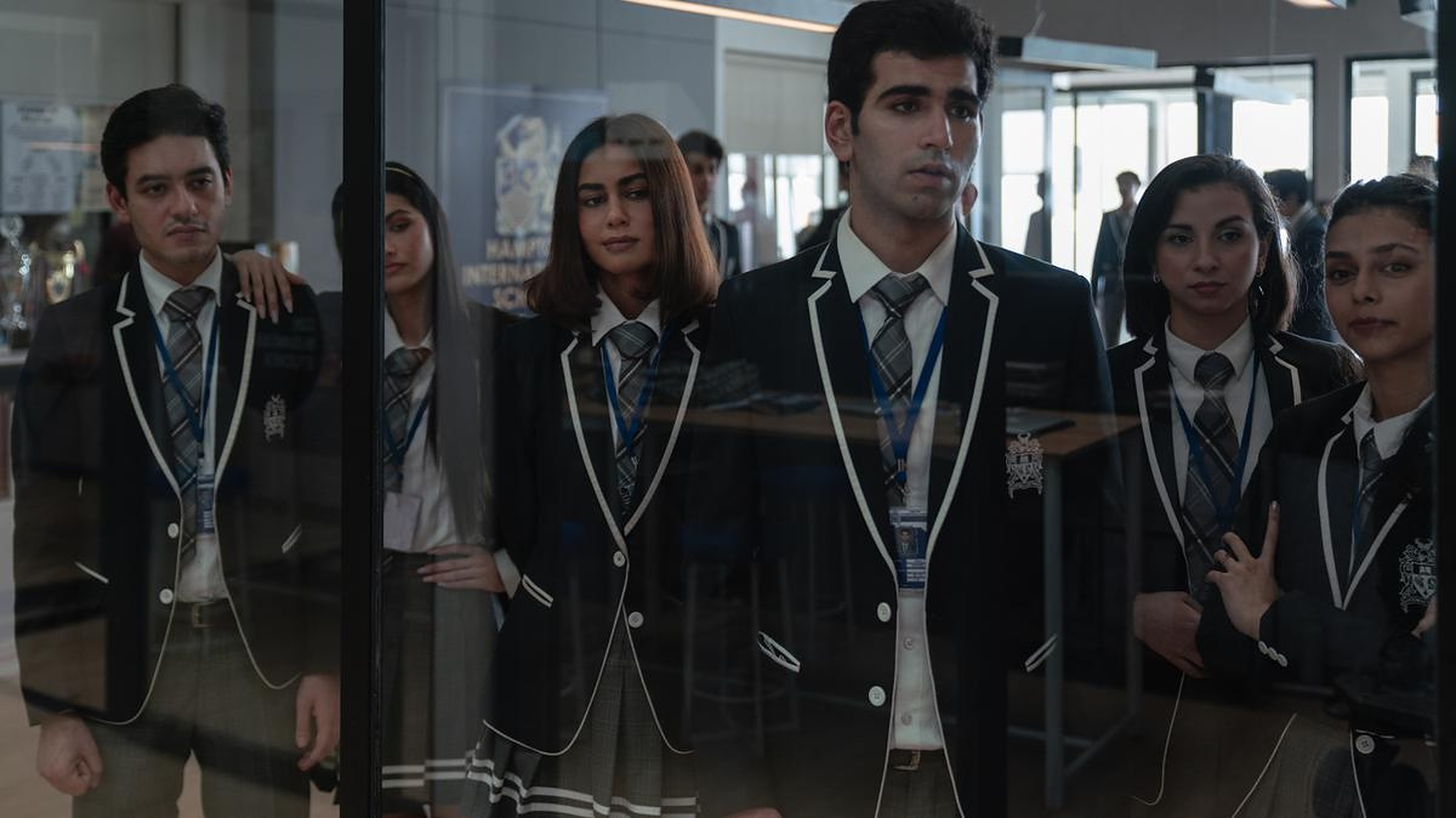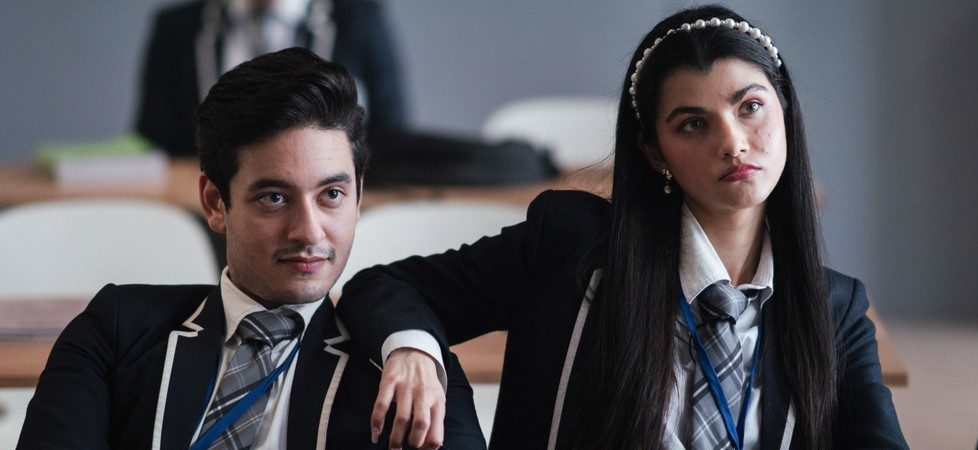Netflix’s ‘Class’ is an Indian teenage crime thriller series that poignantly explores caste, sexuality, economic inequality, and more. Set in Delhi, India, it revolves around three students from economically weak backgrounds, Dheeraj, Saba, and Balli. When their school is destroyed in a fire, the Hampton International School jumps on the opportunity to recruit the less fortunate trio as a promotional gimmick. However, their new classmates are cold, calculative, and abusive.
The three can barely adapt to the novel atmosphere, yet they sense something unsettling about the school. Soon, crime knocks on the institution’s doors, and the sinister secrets of each student are unraveled. Ashim Ahluwalia, Gul Dharmani, and Kabir Mehta are the three creatives who have collaborated to direct this show. The eccentric and flawed characters in ‘Class’ are so well-written that one can’t help but wonder if they are based on real people and if actual events inspire their actions. If you’ve found yourself thinking along the same lines, here are all the details you need.
Class: An Indian Adaptation of Elite
No, ‘Class’ is not based on a true story. It is the Indian adaptation of Netflix’s ‘Elite,’ a popular teen crime thriller series with a similar premise. To make the show more relevant to Indian sensibilities, the writers have taken several story arcs from the original show and included the nuances of social hierarchy, the caste system, and the socio-economic divide in the Southeast Asian country. The narrative also traverses sensitive themes of LGBTQ+ inclusivity, repression, Islamophobia, discrimination against minorities, and bullying.

Even though practicing untouchability is banned in India, Dalit students across the country weigh the burden of these dense and orthodox beliefs. The caste system is demolished on the surface, but it runs deep within the rural parts of the nation. According to the traditional Hindu caste hierarchy, the Dalit community belongs to a lower caste. Hence, they are often subjected to ostracization and aggression. One might say that due to the current generation being “woke,” such customs will rarely inculcate in their psyche.
Unfortunately, these imbued beliefs are hard to demolish, even with the light of education. A shameful incident from Uttarakhand can be used as a parallel to understand how the high-stature people in the show dwell in indifference and apathy, despite having all the knowledge at their disposal. In May 2022, out of 37 upper-caste students in Uttarakhand (around 9-10) boycotted midday meals because a Dalit woman cooked them.
Previously, 40 students had the same issue, and they stopped eating the meals prepared by her. The students were aged 12-14, which is precisely why this event is concerning, as they are the future of India. Apart from dealing with the casteism prevalent in India sensitively, the Netflix series also explores other relevant themes. Bullying and violence towards the LGBTQ+ community wreak havoc on the survivors. The series features bisexual and gay relationships, and the audience must understand why it’s essential to desensitize and be inclusive to the community.

In Delhi, a 15-year-old boy reportedly killed himself because his classmates bullied him for being homosexual. The child was repeatedly bullied and even sexually harassed once, yet even after filing multiple complaints, the school did not take action. On February 24, 2022, he allegedly left behind a suicide note stating how the school “has killed” him. Through its diverse characters, ‘Class’ tries to portray the hostility sadly faced by teenagers still getting acquainted with their sexuality.
Furthermore, another key theme in the show is the shocking economic disparity that divides society. Only when the three central characters’ school burns to ashes do they have the opportunity to study in a prestigious institution. The trio is ridiculed at the new school for their social differences, but how is inequality polluting the education system? As per Oxfam’s data, the influential 10% population control 74% of India’s wealth. Most of it is limited to urban and metropolitan areas, where most job and business opportunities are prevalent.
The rural areas are left out of the “development” picture, and their schools are sidelined. As a result, students from poor socio-economic backgrounds and lower castes do not have the resources to break through their generational repression. In the series, the so-called elites and their children have no self-awareness about their privilege and fail to recognize how their status is a mere roll of the dice.
The creators depict how we’ve failed to uplift and empathize with the less fortunate members of society by befriending ignorance and allowing the social construct to determine whom we respect or disregard. Although ‘Class’ is a fictional TV show, it layers several political, social, and philosophical themes that reflect the harrowing face of society. By taking elements from the original series and molding it with the harsh realities and challenges faced by the Indian youth, the show portrays bitter truths through fictional characters and situations.
Read More: Class Season 1 Ending, Explained: Who Killed Suhani?


You must be logged in to post a comment.